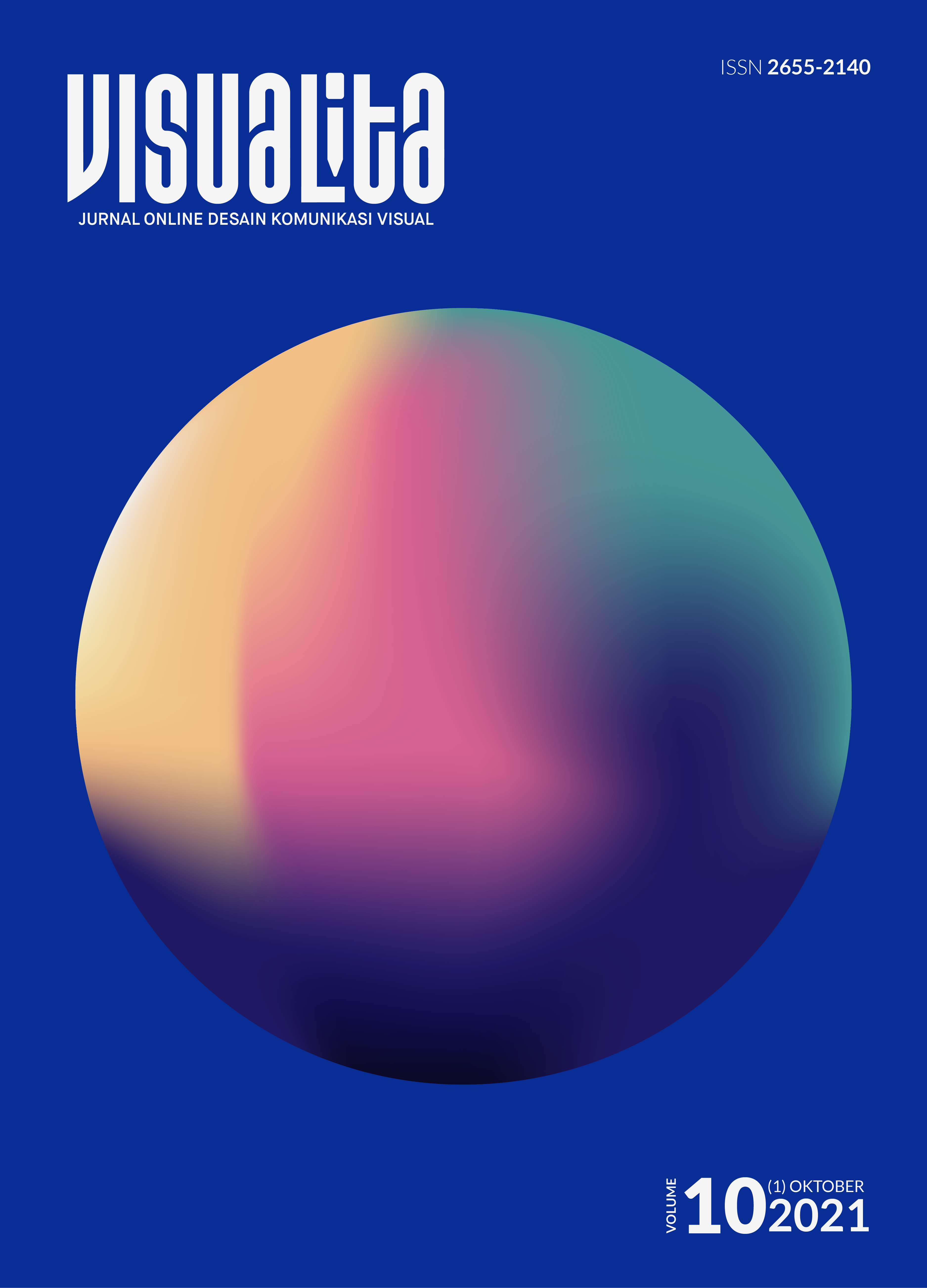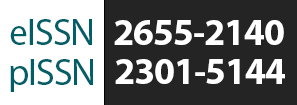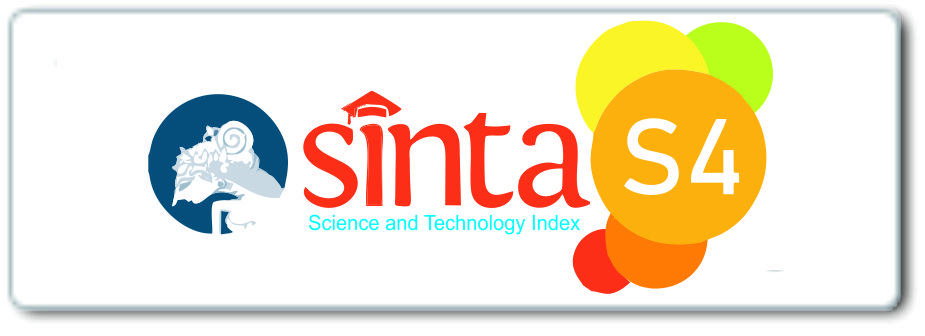REPRENTASI PERUNDUNGAN PADA VIDEO MUSIK BABYMETAL – IJIME, DAME, ZETTAI- ANALISIS SEMIOTIKA ROLAND BARTHES
DOI:
https://doi.org/10.34010/visualita.v10i1.5279Keywords:
Bullying, Music Video, Babymetal, Metal, Barthes, SemioticAbstract
ABSTRACT. Bullying is a negative action carried out by an individual or group that intentionally causes harm to others, which is carried out repeatedly. Indonesian people are increasingly carrying out bullying during this pandemic through electronic media. This is due to the high level of depression in Indonesian society during the pandemic, 64.8% (Sagita, 2020). The bullying eradication campaign has also been carried out by various groups, one of which is a metal musician from Japan, Babymetal. Babymetal has one single titled Ijime, Dame, Zettai; where the word “Ijime†literally means bullying, Babymetal advised its fans to unite and not bully others. The music video released on Babymetal's youtube channel caught the attention of many people and has been viewed 27 million times. This research was conducted to understand the message and meaning of the music video using Roland Barthes semiotic analysis. The analysis results are presented descriptively by researchers using qualitative methods with data analysis techniques using four stages of design review so that messages and meanings will be obtained the Indonesian people can understand that to eradicate bullying..
Keywords : Bullying, Music Video, Babymetal, Metal, Barthes, Semiotic.
Downloads
Downloads
Published
Issue
Section
License
Authors who publish with Visualita agree to the following terms:
- Authors retain copyright and grant the journal right of first publication with the work simultaneously licensed under a Creative Commons Attribution-NonCommercial 4.0 International License.
- Authors are able to enter into separate, additional contractual arrangements for the non-exclusive public distribution and display of the journal's published version of the work (e.g., post it to an institutional repository or publish it in a book), with an acknowledgement of its initial publication in this journal.
- Authors wishing to include items (such as images or other media, or any creative works of others whether previously published or not) must contact the original copyright holder to obtain explicit permission to publish these items in Visualital. Writing permission should include: the title(s) of any copyrighted work, original place of publication if applicable, and an acknowledgement of having read Visualita copyright notice. Authors are responsible for obtaining this permission and keeping it in their own records for later verification.






